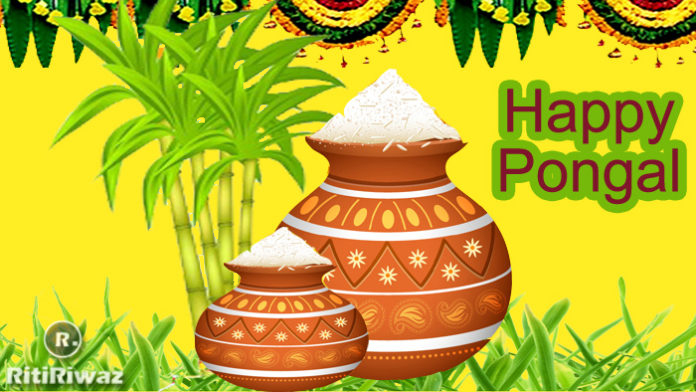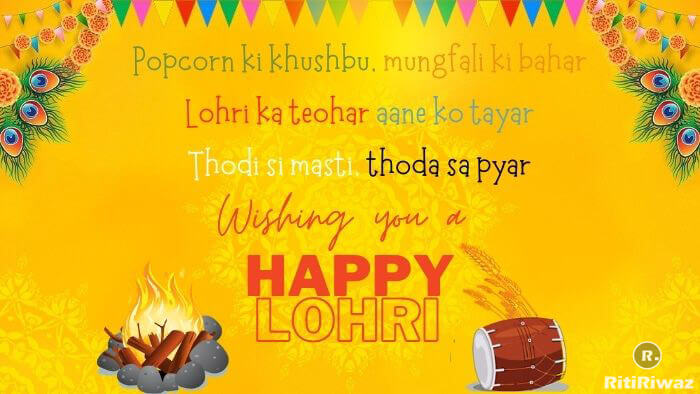Manipur – Culture and Tradition
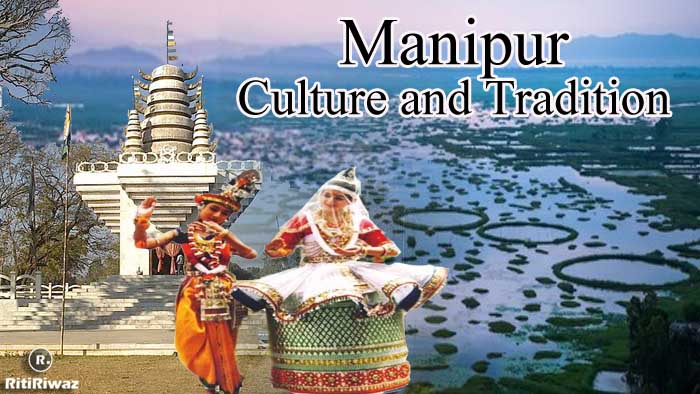
Manipur is a northeastern state in India, with Imphal it’s capital. It is one of the seven sister states of India and literally means “A Jeweled land” and is also called “Switzerland of the East“. This region may not really have the mine of the Gems, but its natural beauty comes only after Kashmir in India, which is not wrong to say the state of the Gems and Jewels.
Manipur is bounded by Nagaland to the north, Mizoram to the south, and Assam to the west, and Myanmar to the east. The seven sister states are Arunachal Pradesh, Assam, Manipur, Meghalaya, Mizoram, Nagaland, and Tripura which have a unique cultures with ethnic, religious, and linguistic diversity. Apart from being a nature’s gift to India, Manipur is also a melting pot of culture. It is the birthplace of polo, the sport, and the birthplace of Ras Lila, a classical dance form.
Manipur looks like a paradise on this earth. Some people also call Manipur a city of gold. Naturally, Manipur looks very beautiful. The deer of Sangati is found only in Manipur, and the siroi lily flowers are also seen only in the Siroi hill of Manipur this lily flower is found only here in the world. The rare-species Zuco lily is found in the Juco Valley. The state has a rich biodiversity with many rare medicinal plants and many rare orchids and ferns are also found in Manipur.
It is called Kashmir of the East, Pandit Jawaharlal Nehru called Manipur the “Jewel of India” and Lord Irwin who visited Manipur in 1931 called it “Switzerland of the East“. The Japanese army termed it a “flower of the lofty heights“.
History
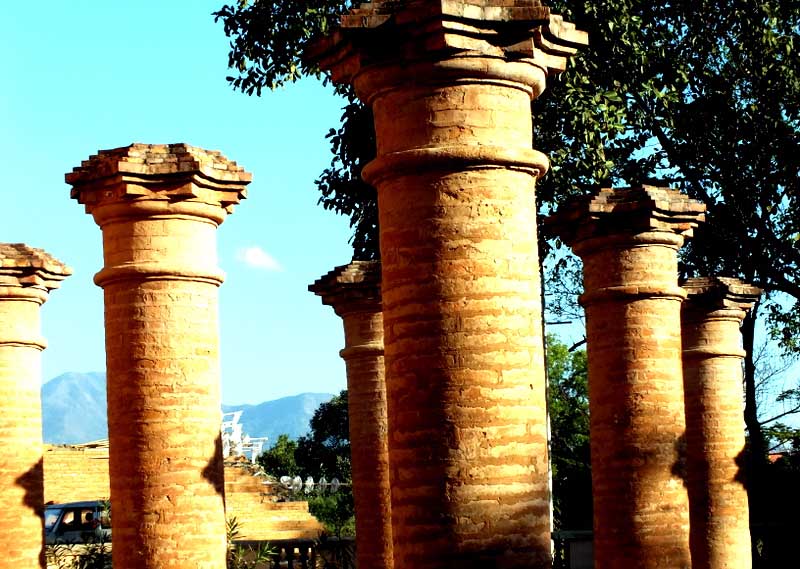
Manipur has a long glorious history even before the beginning of the Cristian era. Manipur is mentioned in Mahabharata where Chitrangada, one of Arjuna’s wives was from the kingdom of Manipura. There are many theories about the origin of the Meitei people, but many anthropologists and historians believe that they are Tibeto-Burmese people who came and settled in the Imphal valley. Many kings ruled Manipur and Manipur’s independence and sovereignty remained until the early 19th century.
The history of the Miti king of Manipur is found in Puyas, which some people also call Puyas Puwaris. It contains information about Ningthau Kangbalon, Chitharol Kumbaba, Ningtharol Lambuba, Poretan Khunathokpa, Panthoibi Khongkul in the Mitti script. This complete information has been written by the Miti king Maharaja and learned people of his time.
The people living on the hill have their own folk tales and stories. Manipur was recognized by different names at different times, such as Tili Koktong, Pori Lam, Sanna Leepak, Mitrabak, and now Manipur.
The name of its capital was Kangla, Yumphal. Today the capital of Manipur is called Imphal. People of this state are called by many names such as Miti, Piri Miti, Maiti, and Miti.
For 3500 years Jean King Maharaja ruled in this state, all of them have been written by Puwaris, Ningthau, Kangbalon, Ningtharol, Lambuba, Chitharol, Kumbaba, Piritan. Till 1955, this kingdom was ruled by more than 108 King Maharaja.
Ningthau Kangba was the first king of Manipur. BCE 1129-BCE 44 when there was no king in the country, there was an uproar on all sides. For the first time in history, Manipur became a slave in the Anglo Manipuri war at Khongjom in 1891. Manipur became a princely state under British rule in 1891, the last of the independent states to be incorporated into British India.
Manipur gained independence on 28 August 1947, but this happiness did not last long because, on 15 October 1949, Manipur was included as a state in India.
Culture
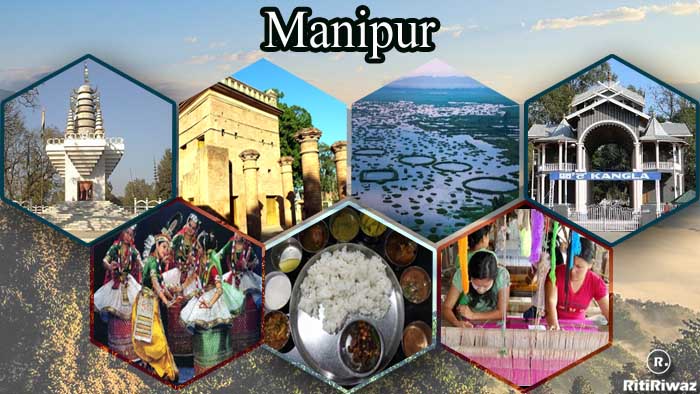
Manipur is inhabited by people from many cultures such as Kuki, Naga, Pangal, and Mizo, who speak many languages. There is no shortage of arts and culture in this state and this state is surrounded by blue hills on all sides. Every person in this state has a lot of love for art and culture, and there will not be a single girl who does not know how to sing and dance.
Seeing the beautiful handlooms and handicrafts of these people shows how rich their art is. The people here are superstitious but the belief in their religion and practices is quite reliable.
People of all religions and castes live peacefully in this state. People of the Miti tribe are found here in large numbers and they all like to live in the valley as well as Naga, Kuki, and Mizo tribes like to live on the hill.
Suggested Read: Culture and Tradition of Indian States
Language
People of this state called the Manipuri language as Miti language, The Government of India has also placed this language on the list of important languages of India. Despite being a small state, the population of this state is very large and there are 1.5 million Manipuri-speaking people all over the world.
People from East India and Manipur can speak in the Manipuri language. People living in Bangladesh and Myanmar also speak in Manipuri. People of Manipur also speak well in English and other languages. In this school, children are taught in five languages. Children are taught here in languages like Tangkhul, Kuki, Lushai, Hamar, Patte, and Thadu.
Religion
People of Hindu and Christian religions are found here in large numbers, but people of other religions are also found here in large numbers. People here have their own distinct culture and they are also very proud of it.
Cuisine
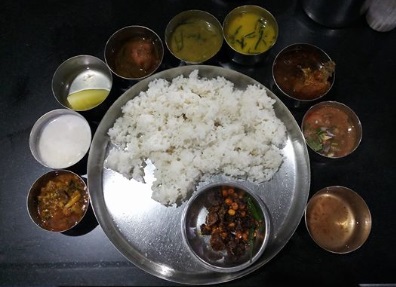
The cuisines of Manipur are traditional cuisine of the Meiteis, an ethnic majority of Manipur. Their staple food is rice with a few side dishes of vegetables and fish. The Manipuris love fish and their favorite fish is Ngri, which is prepared by fermentation.
The main ingredient of Manipuri cuisines is mainly chili and pepper and are devoid of masalas, thus making the food more healthy with no oil. Ngari ( fish ), Iromba, chamfoot, morok, and various indigenous herbs are popular in this state and are used in their foods often. Manipur the dishes are spicy compared to other sister states of the northeast.
The people of Manipur like to maintain a kitchen garden where they grow several flavored herbs and roots that are exclusive to this region including maroi napakpi, awa phadigom, maroi nakuppi, mayang-ton, and toning-khok. The vegetables, mushrooms, and herbs grown in Manipur are rare and unique to the state. Some of their popular dishes include nga-thongba (fish curry), ooti (a typical Manipuri vegetarian dish), chagem pomba (made with fermented soya, mustard leaves) and Chamthong or kangshoi, which is a stew cooked with seasonal vegetables.
Some of the popular dishes are Eromba, Ooti, Nga thongba, Singju, Kangsoi, Chagem pomba, Kelli chana, Chamfut , Bora, and many more, etc.
Suggested Read: Famous Food Of Indian States
Costume
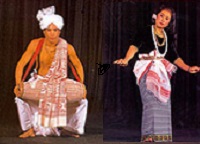
The traditional dress of Manipuri women is Phanek and Innaphi. Phanek is a cloth wrapped around the upper torso or at the waist, like a skirt reaching up to ankles. Phanek is uniquely woven in stripes of black, white, red, or blue running across the fabric, with geometrical motifs on borders. A shawl or dupatta is called Innaphi. The blouse and a chaddar are wrapped around the head and upper part of the body over the blouse.
For Manipur men, the lower garment comprises a cloth tied around the waist called Dhotis with white kurtas. The upper garment is a shawl of red & black stripes worn is draped only in winter. While they also love to wear turban or white pagri as headgear.
Suggested Read: Traditional Dresses Of Indian States
Dance and Music
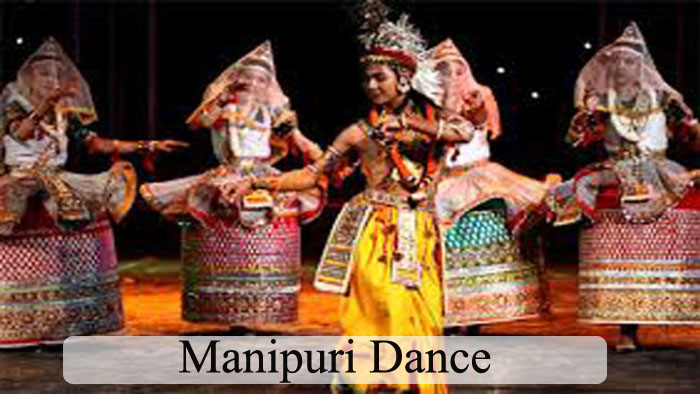
Manipuri dance is also known as Jahapar Jagoi dance and is an important dance of India this dance is named after this state. This Ras Leela dance depicts the love of Radha Krishna through dance. Apart from this, there are also dances centered on Goddess Parvati, as opposed to Lord Shiva, Shakti. The god of this state is also danced on Umang Lai during Lai Haraoba. Like other dances in India, the classical dance of Manipur is derived from the Sanskrit text Natya Shastra, but this dance of Manipur has a great influence on the culture of India and Southeast Asia.
Fairs and Festival
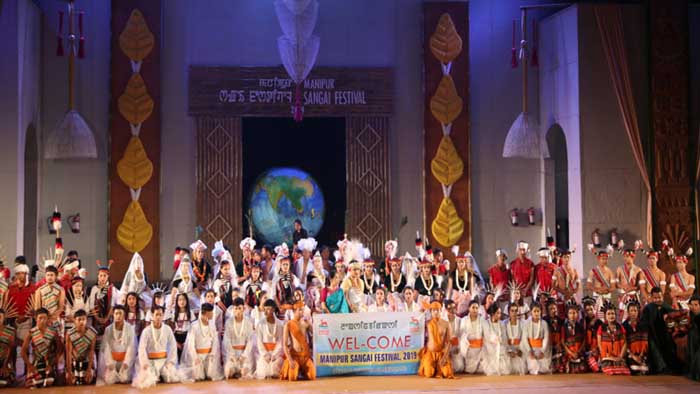
The festivals symbolize the social, cultural, and religious aspirations of the residents of Manipur and there is hardly any month when there is no festival. Festivals such as Lungaiini Ningol Chachaba, Yaoshang, Gangai, Chumpha, Chiroba, Kang and Hikru Hidongba, Eid ul Fitr, Eid ul Ada and Christmas are celebrated in Manipur. All the festivals here are celebrated at the time of the Hindu calendar. All the festivals celebrated in India are also celebrated in Manipur.
Art and Crafts
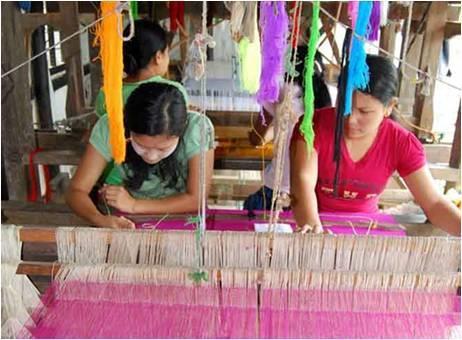
Hand block printing is one of the favorite art and craft in Manipur. The warriors and village chiefs were presented with Khamen Chatpa (handblock-printed towel) by the Maharajah as a token of their courage and management. Manipur is also the largest producer of bamboo crafts. While pottery and textile weaving are also popular and in Manipur, a reed known as kauna is used to make double-weave mats.
Famous People
-
Zoramthanga: Politician
-
Lalsangzuali Sailo: Writer
-
P. S. Chawngthu: Poet
-
Lalsawma: Social Worker
-
Laltluangliana Khian: Scholar
Tourism
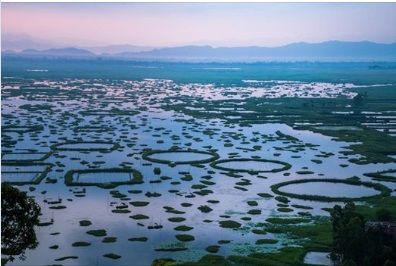
Tourism can be enjoyed in this small state. The opportunity to see beautiful lakes like Loktak is available here only. This lake is quite beautiful and picturesque. People of all religions live here. But the most important thing is that here people of Hindu and Christian religions are seen in large numbers.
The culture and history of this state are quite old and rich. This kingdom was ruled by many kings Maharaja. It is said that 108 king Maharaja ruled this state. The people of this state are very fond of dance. People of this state are also interested in drama.
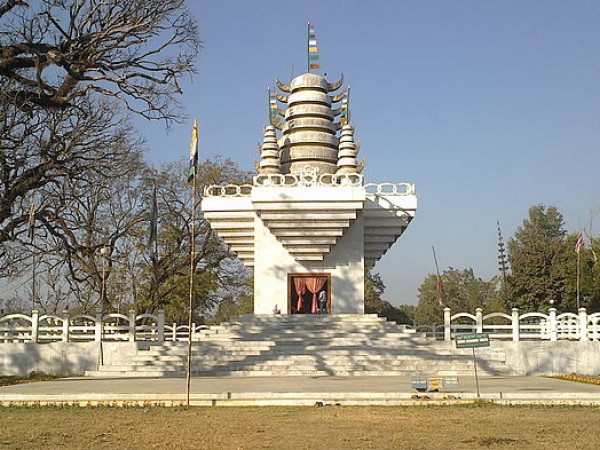
Manipur attracts tourists to come again and again due to the healthy climate and beautiful natural landscapes. Main Tourist Centers — Kangla, Sree Shree Govindaji Temple, Khwaramband Bazar (Ima Kithel), War Memorial, Shaheed Minar, Nupi Lane (War of Women) Memorial Complex, Khogampatt Gardens, Azad Hind Sena (Moirang) Monument, Democracy Lake, Keibul Lamjo National Gardens, Vishnu Temple of Vishnupur, Sendra, Morah, Siroi Village, Siroi Hills, Duko Valley, State Museum, Kenya Tourist Accommodation, Khogjom War Park Ark premises, etc.





